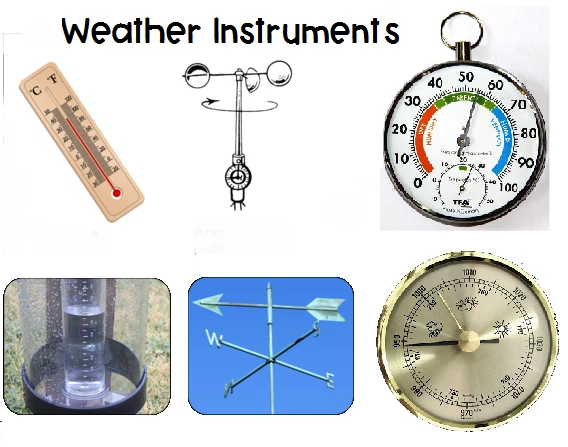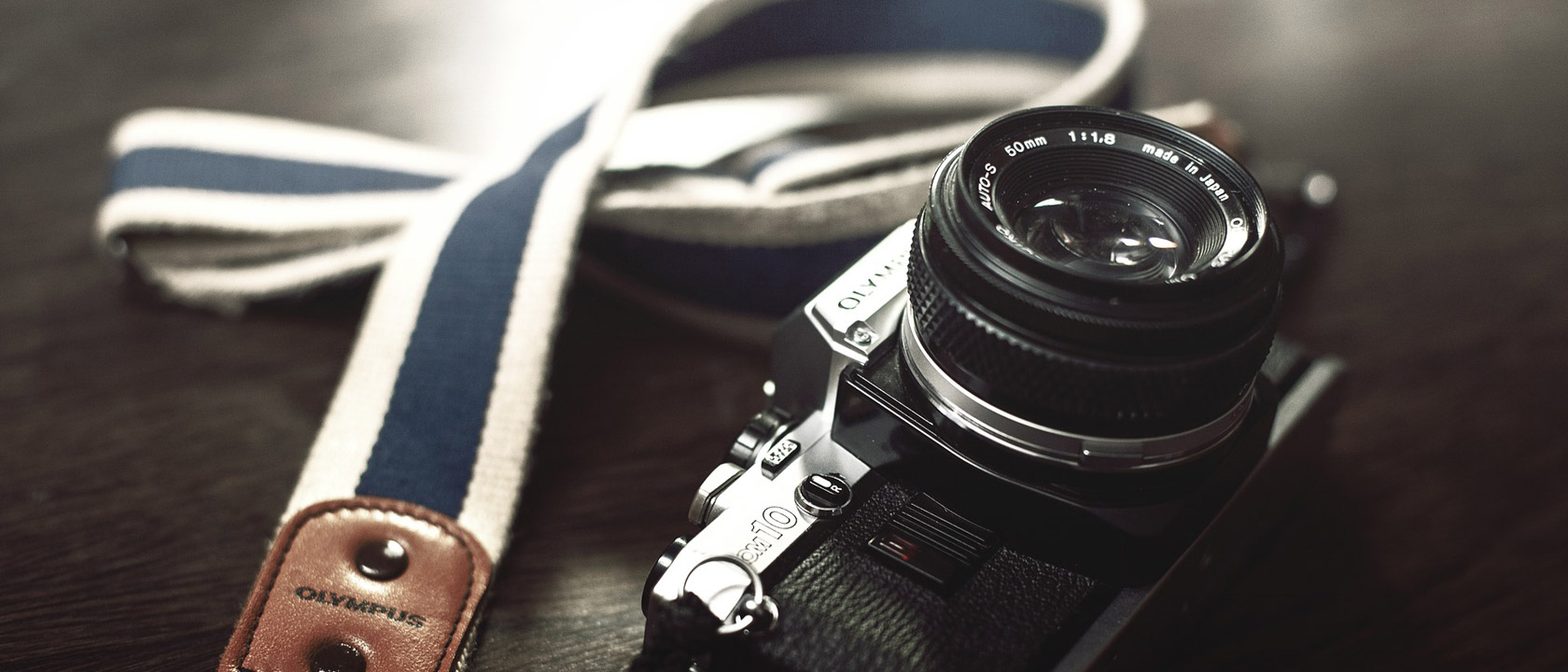
# Weather Instruments: Essential Tools for Accurate Forecasting
## Introduction to Weather Instruments
Weather instruments are specialized tools designed to measure various atmospheric conditions. These devices play a crucial role in meteorology, helping scientists and weather enthusiasts collect accurate data for forecasting and climate studies. From simple thermometers to sophisticated radar systems, weather instruments provide the foundation for understanding and predicting weather patterns.
## The Most Common Weather Instruments
### 1. Thermometer
The thermometer is perhaps the most recognizable weather instrument, used to measure air temperature. Modern digital thermometers provide quick and precise readings, while traditional mercury or alcohol thermometers remain reliable options.
### 2. Barometer
Barometers measure atmospheric pressure, which is essential for predicting weather changes. A sudden drop in pressure often indicates approaching storms, while rising pressure typically signals fair weather.
### 3. Hygrometer
This instrument measures humidity levels in the air. Understanding humidity is crucial for predicting precipitation, fog formation, and even human comfort levels.
### 4. Anemometer
Anemometers measure wind speed, while wind vanes determine wind direction. These instruments are vital for weather forecasting, aviation, and marine navigation.
### 5. Rain Gauge
Rain gauges collect and measure precipitation over a set period. This data helps meteorologists track rainfall patterns and predict potential flooding.
## Advanced Weather Measurement Tools
Beyond the basic instruments, modern meteorology relies on sophisticated equipment:
– Weather balloons carry instruments high into the atmosphere
– Doppler radar systems track precipitation and storm movements
– Satellite imagery provides global weather monitoring
– Lightning detectors identify electrical storm activity
## The Importance of Proper Instrument Placement
For accurate measurements, weather instruments must be properly installed:
– Place thermometers in shaded, ventilated areas
– Position rain gauges away from obstructions
– Install anemometers at standard heights (usually 10 meters)
– Keep instruments clean and well-maintained
## How Weather Instruments Improve Forecasting
Accurate weather data collection leads to better forecasts by:
– Providing real-time atmospheric conditions
– Allowing for trend analysis and pattern recognition
– Enabling computer models to make more precise predictions
– Helping verify forecast accuracy over time
## Choosing Weather Instruments for Personal Use
For home weather stations, consider:
– Your specific measurement needs
– Instrument accuracy and reliability
– Data recording capabilities
– Connectivity options (Wi-Fi, Bluetooth)
– Budget constraints
Quality weather instruments can range from simple analog devices to fully automated digital systems that upload data directly to weather networks.
## The Future of Weather Instrumentation
Technological advancements continue to improve weather instruments:
– Miniaturization allows for more compact devices
– Increased automation reduces human error
– Enhanced connectivity enables real-time data sharing
– Improved sensors provide greater accuracy
These developments contribute to more precise weather forecasting and better understanding of climate patterns.
## Conclusion
Weather instruments form the backbone of meteorological science, transforming observations into actionable forecasts. From ancient rain gauges to modern satellite systems, these tools continue to evolve, helping us better understand and predict the ever-changing atmosphere. Whether for professional meteorology or personal interest, quality weather instruments provide valuable insights into our environment.
Keyword: wether instruments
